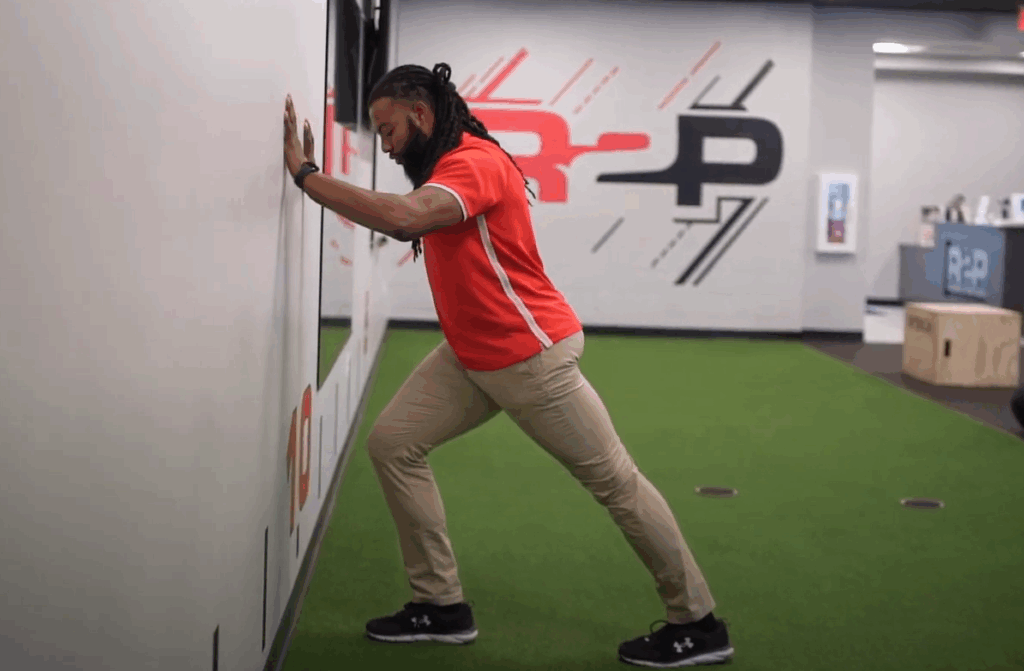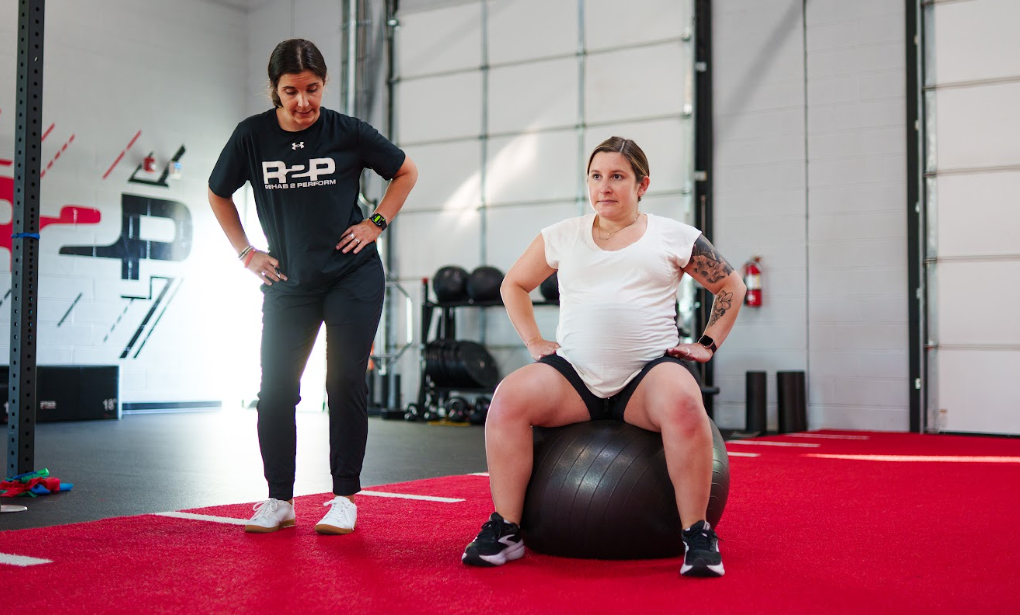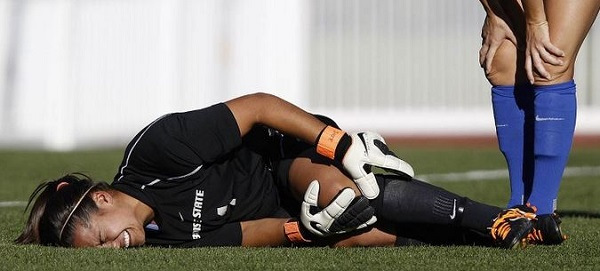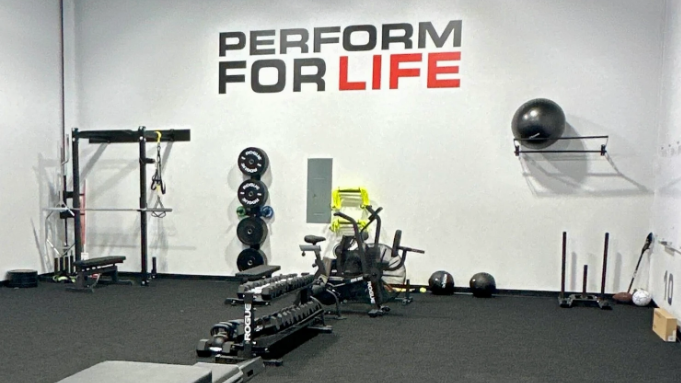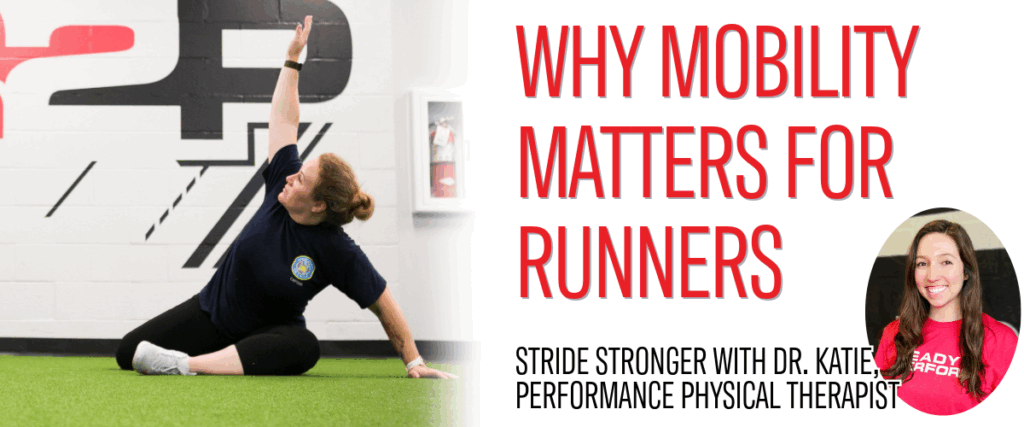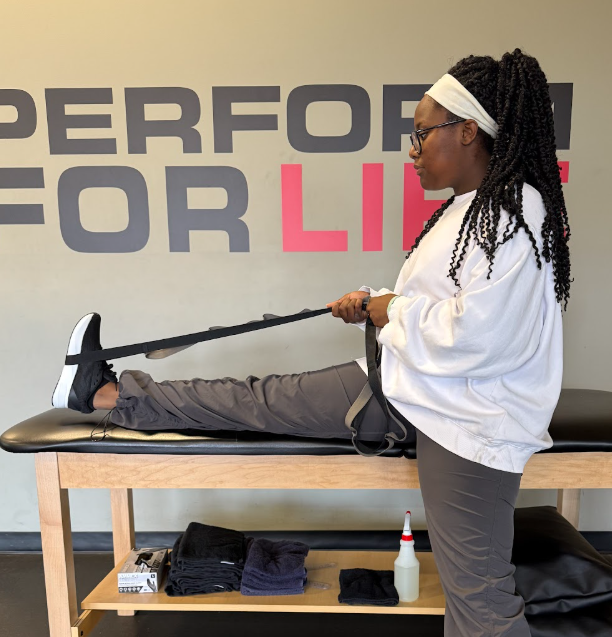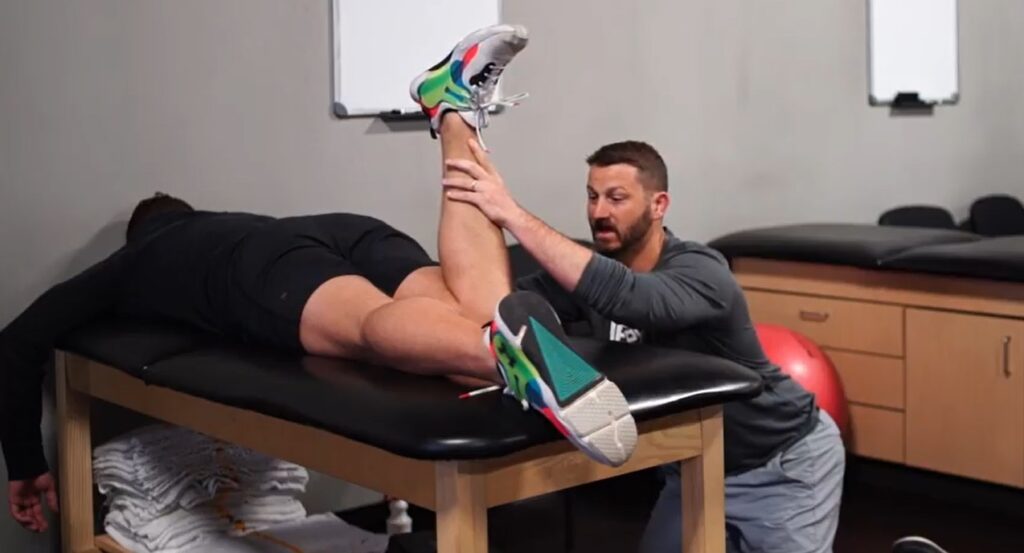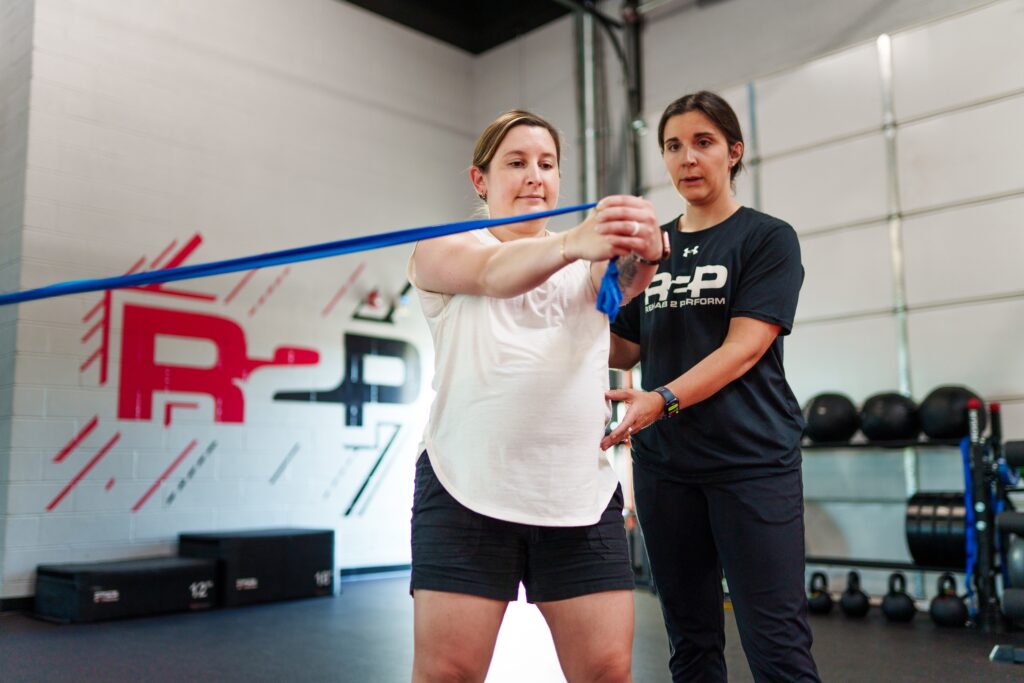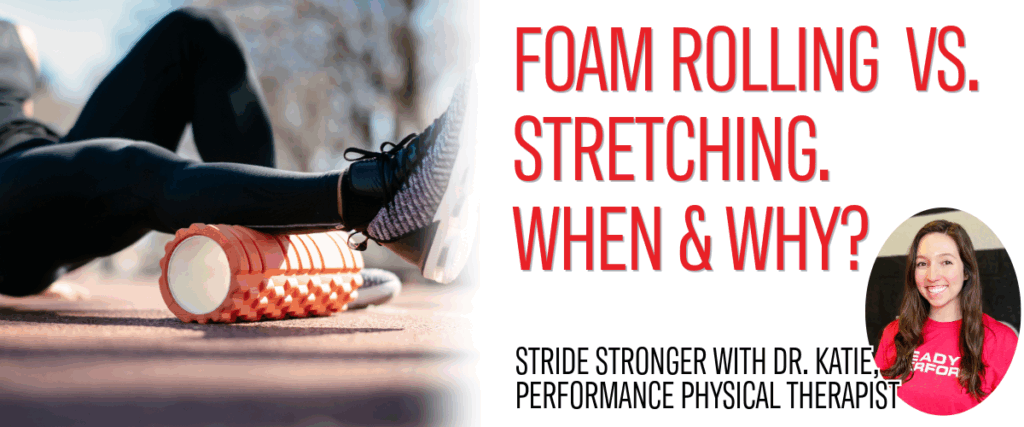Ankle Mobility in Basketball
Why Basketball Players Need Better Ankle Mobility Basketball is a game of sharp cuts, explosive jumps, and constant changes of direction. Whether you’re attacking the rim, sliding on defense, or landing after a rebound, your ankle mobility plays a major role in how efficiently and safely you move. For athletes of all levels, strong and…
The Role of Posture in Pelvic Floor Function
Posture & the Pelvic Floor: How to Adjust Your Stance When most people think of posture, they picture someone standing up straight or slouching at a desk, but posture is so much more than that. As a pelvic health physical therapist (and busy mom constantly carrying kids, car seats, and groceries), I see every day…
Knee Pain 2 Performance: Restoring Healthy Knee Function
Why Knee Pain Happens, and How Physical Therapy Can Help Knee pain is one of the most common reasons people seek physical therapy. Whether caused by sports, overuse, or everyday activity, knee injuries can make even simple tasks like walking or sitting uncomfortable. When you visit a physical therapist, the main goals are clear: reduce…
New Williamsport Physical Therapy Group Raising the Standards
R2P Williamsport brings an Innovative Physical Therapy Model to the Community Williamsport, MD — Rehab 2 Perform (R2P), a nationally recognized and rapidly growing physical therapy company, is proud to announce the opening of its newest facility in Williamsport, Maryland. The new location brings R2P’s fitness-focused, performance-based model of physical therapy to Washington County, serving…
How Mobility Impacts Running Performance and Injury Risk
The Role of Mobility in Injury Prevention for Runners By a Physical Therapist and Runner Who Knows What It Feels Like to Be Sidelined When most runners think about improving performance or preventing injury, they tend to focus on mileage, strength training, or recovery techniques like foam rolling. But there’s one key piece that often…
Knee Injuries: Symptoms, Causes, and When 2 Seek Help
Knee Injuries Come in All Shapes, Forms, and Sizes The knee is one of the most complex and hardworking joints in the body — and one of the most commonly injured. From athletes and weekend warriors to active adults, knee injuries can happen to anyone. But understanding the source of your symptoms is the first…
Understanding Knee Pain: Anatomy & Common Injuries
Did you know that knee pain affects nearly one in four American adults and accounts for over 4 million primary care visits each year? Whether it’s from sports, daily activities, or gradual wear and tear, knee pain can quickly limit your movement and quality of life. In the above video, Dr. Zach Baker from Rehab…
Healing After a C-Section – Scar Mobilization & Recovery
Let’s talk about something that doesn’t get nearly enough attention after childbirth: C-section recovery. Whether your cesarean was planned or a surprise, your body just went through major abdominal surgery. While you’re focused on your new baby (and sleep), it’s also important to focus on how you heal—especially your core, abdominal wall, and scar tissue….
Rehab 2 Perform Named 2025 U.S. Chamber of Commerce Growth Accelerator Honoree
R2P recognized nationally for redefining physical therapy through people-first leadership, performance-based care, and intentional growth. Germantown, MD — October 2025 — Rehab 2 Perform (R2P), a leader in performance-based physical therapy and rehabilitative care, has been named a 2025 CO— 100 Growth Accelerator by the U.S. Chamber of Commerce. The honor recognizes businesses that are…
Foam Rolling vs. Stretching: Which is Better for Runners?
Foam Rolling vs. Stretching: Which is Better for Runners? By a Physical Therapist and Runner Who Uses Both Daily As a physical therapist and fellow runner, I get this question a lot: “Should I foam roll or stretch after a run?” The answer isn’t one-size-fits-all. Both methods can be valuable recovery tools—but they serve slightly…

